
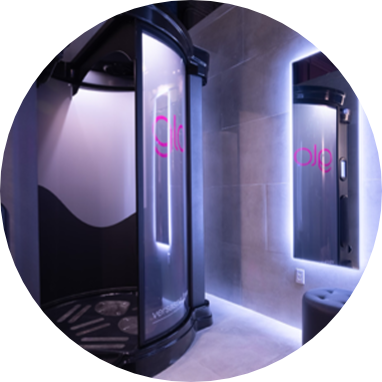
Spray tans are generally safe as the solution is FDA-approved for external use.
A spray tan typically lasts between 5 to 7 days, depending on care and skin type. Proper preparation, aftercare, and spray friendly products can extend this period.
No, spray tans do not contain sunblock. It’s essential to use sunscreen when going outdoors to protect against UV rays.
To prepare, exfoliate and shave at least a day before your appointment. Avoid using lotions, oils, or products that leave residue on your skin.
Wear loose, dark clothing, and avoid tight or constrictive garments that might rub against the tan.
For a regular solution, wait at least 18-24 hours before showering; for a rapid tan, a shower is recommended within 1-3 hours post-application.
Moisturize regularly with natural, fragrance-free lotions and avoid harsh exfoliants or products with acids or peroxides.
No, modern spray tans use ingredients that minimize the strong smell and it fades quickly.
Consult your doctor first as there are no definitive studies on the safety of spray tanning for pregnant or breastfeeding women.
Quality spray tan solutions are designed to give a natural golden brown glow without an orange tone, and they can be customized to suit your skin tone.
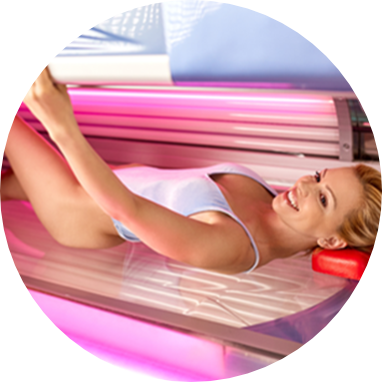
Tanning, when done responsibly and in moderation, can be part of a balanced lifestyle. It’s important to follow guidelines and use tanning equipment correctly to minimize risks. FDA also requires the use of protective eyewear.
Spray tanning provides a sunless option, using a mist to give the skin a tanned look without UV exposure. UV tanning involves exposure to ultraviolet rays, either in the sun or a tanning bed, which stimulates the skin’s production of melanin, the pigment that gives skin its color.
To prepare, shower and exfoliate to remove dead skin cells for a more even tan. Avoid wearing makeup, moisturizers, or perfumes to the session, as these can create a barrier on the skin.
The duration of a tan varies depending on the method used and your skin type. Generally, a UV tan can last for several days to a week.
Yes, even those with fair skin can tan, but it should be done more cautiously. glo Spa Consultants can help determine the best approach and exposure times to minimize the risk of burning and maximize the effectiveness of tanning.
To maintain your tan, moisturize regularly to keep the skin hydrated. For UV tanning, gradual and consistent exposure helps maintain the tan.
We recommend tanning once a week, doing the Perfect Tan In One Day™.
The minimum age for using tanning beds varies by state in the United States, but generally, you must be at least 18 years old. Some states allow minors to use tanning beds with parental consent, typically starting at age 14 or 16. Always check the specific laws in your state to ensure compliance with tanning regulations.
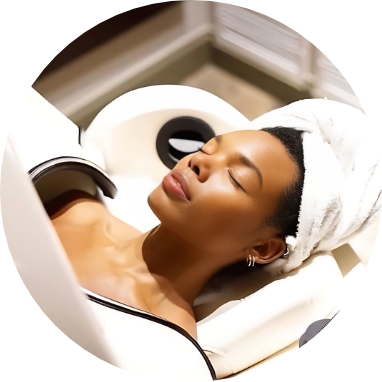
At Glo, the Skin Wellness and Cocoon Wellness Pod services are available for clients aged 18 and older, ensuring client safety in alignment with health guidelines. It’s always advisable to consult with a healthcare professional if you have any specific health concerns before using these services.
A spray tan typically lasts between 5 to 7 days, depending on care and skin type. Proper preparation,aftercare, and spray friendly products can extend this period.
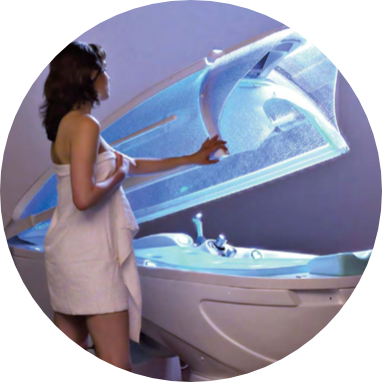
During a 20-minute session, you’ll experience a combination of steam and gentle heat, designed to promote skin hydration and relaxation. The warm, soothing environment helps enhance your tanning results, prolong your tan, as well as detoxifying and rejuvenating the skin.
To prepare, ensure you are well-hydrated, wear comfortable clothing, and remove jewelry. Cleanse your skin for better absorption of steam benefits.
Using Skin Wellness once or twice a week is recommended for optimal results. This may vary based on individual needs and skin types.
While generally safe, individuals with sensitive skin or specific conditions should consult a dermatologist before using Skin Wellness.
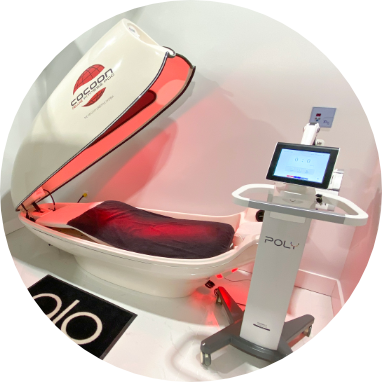
Expect a relaxing session combining dry and infrared heat, customizable for temperature and intensity, providing a soothing and rejuvenating experience.
Drink plenty of water for hydration, wear comfortable clothing, avoid lotions or perfumes, and set a personal goal for the session, such as relaxation or muscle recovery.
Regular use, typically 1-3 times per week, is suggested for maintaining benefits like stress relief and muscle recovery, adjustable based on your goals and comfort.
It can support weight loss and muscle recovery as part of a broader wellness and fitness regimen, with infrared heat aiding in calorie burn and circulation improvement.
Caution is advised for those with cardiovascular conditions, pregnancy, or sensitivity to heat. Consult a healthcare provider if you have health concerns or specific conditions.
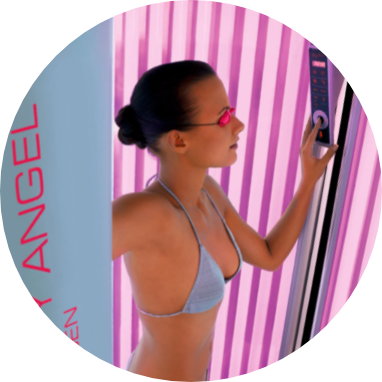
Red light therapy (RLT) is a treatment that uses low-wavelength red light to improve skin health, reduce inflammation, and aid in healing various conditions. It’s a non-invasive method that exposes the skin to red and near-infrared wavelengths.
RLT works by emitting low-level wavelengths of red light that penetrate the skin. This light is absorbed by the cells, stimulating cell regeneration and repair.
Benefits include improved skin health (like reduction in wrinkles, scars, redness, and acne), enhanced muscle recovery, pain reduction, inflammation control, and possibly improving symptoms of certain medical conditions.
Red light therapy is generally considered safe. It does not contain UV rays and is not invasive. However, it’s always recommended to consult with a healthcare provider before starting any new treatment.
It is recommended to use red light 2-3 times per week, skipping a day in between and in conjunction with Red Light activated products.
While RLT is generally low-risk, some people might experience mild irritation, redness, or discomfort. It’s important to follow instructions for use provided by the glo Consultants.
Depending on the service, the sessions can vary between 10-20 minutes.
Red light and infrared light are both parts of the electromagnetic spectrum, but they have different wavelengths and, as a result, different properties and uses:
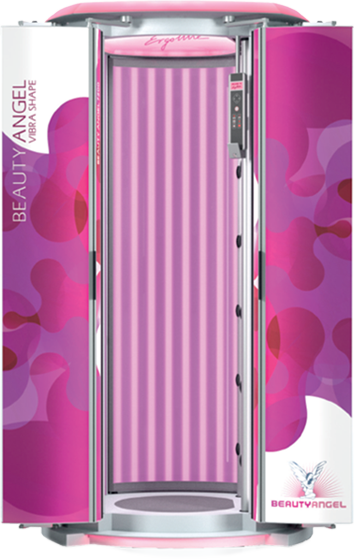
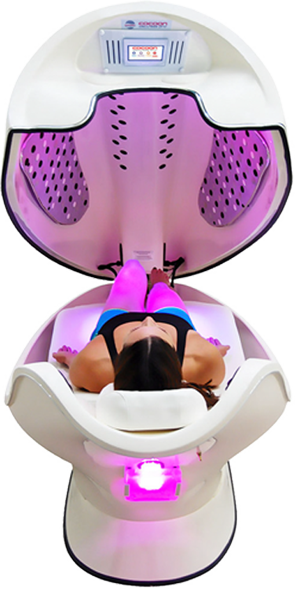
Red Light is visible to the human eye, while Infrared Light is not.
Red Light is effective for treating skin-related issues such as wrinkles, scars, and acne while Infrared Light is more effective for treating muscle issues, deeper tissues, and joints, as well as for promoting overall healing and pain relief.
Red Light generates less heat, focusing more on delivering energy to skin cells, while Infrared Light is often used for its warming effects, beneficial in muscle relaxation and improving circulation.
- Fort Worth, Texas
- House Springs, Mo
- Wellington, Florida